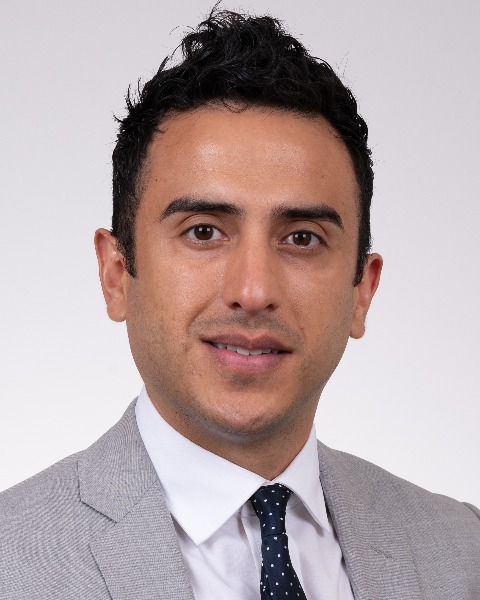Socioeconomic
Characterizing the Spine Surgeon Workforce Performing Cervical Spine Surgery in the Medicare Population
Friday, February 21, 2025
7:00 AM - 2:00 AM EST

Jason Silvestre, MD
Resident
Medical University of South Carolina
Presenting Author(s)
Introduction: Although medical schools now have seemingly equal representation of males and females, there remains a significant disparity in the number of females in surgical specialties including orthopaedics and neurosurgery. Addressing sex disparities among spine surgeons may help promote more effective spine care delivery in the United States (US). This study assessed the representation of female spine surgeons in the US Medicare database.
Methods: This was a retrospective cross-sectional study of spine surgeons performing anterior cervical discectomy and fusion (ACDF) surgery in the Medicare Provider Utilization and Payment Dataset during 2013-2021. The Medicare Provider Utilization and Payment Dataset was used to identify neurosurgical and orthopaedic surgeons performing ACDF surgery from 2013-2021. The dataset was linked to the Medicare National Downloadable File to determine hospital affiliations and medical training details. All hospitals included were queried to determine association with residency or fellowship training programs. The total representation of female spine surgeons performing ACDF, their procedural volumes, and reimbursements were compared to male cervical spine surgeons.
Results: There were 2,492 surgeons who performed at least eleven ACDFs over the study period accounting for 139,456 total cases. Of these, there were 58 female spine surgeons (2.3%) who performed 2,733 cases (2.0%). The percentage of female surgeons increased from 0% (0/1,124) in 2013 to 1.8% (12/651) in 2021 (p < 0.001). The average volume of ACDFs performed by females (16.83.6) was similar compared to males (17.27.6; p=0.712). Among female surgeons, 13.9% were affiliated with a hospital which had an orthopaedic or neurosurgery residency program compared to 11.8% of male surgeons (p=0.697). Mean standardized reimbursement by Medicare for ACDFs was $1,304, with no difference between female and male surgeons during the study period (p=0.145). There were no significant differences in the beneficiary demographics between male and female surgeons, except for in 2021 where female surgeons saw a higher proportion of female patients (56.8 vs 55.0%, p=0.043).
Conclusion : Despite some progress observed over the study period, profound sex disparities persist among practicing spine surgeons performing ACDF. Strategies are needed to increase the number of female medical students and residents interested in a career in spine surgery.
Methods: This was a retrospective cross-sectional study of spine surgeons performing anterior cervical discectomy and fusion (ACDF) surgery in the Medicare Provider Utilization and Payment Dataset during 2013-2021. The Medicare Provider Utilization and Payment Dataset was used to identify neurosurgical and orthopaedic surgeons performing ACDF surgery from 2013-2021. The dataset was linked to the Medicare National Downloadable File to determine hospital affiliations and medical training details. All hospitals included were queried to determine association with residency or fellowship training programs. The total representation of female spine surgeons performing ACDF, their procedural volumes, and reimbursements were compared to male cervical spine surgeons.
Results: There were 2,492 surgeons who performed at least eleven ACDFs over the study period accounting for 139,456 total cases. Of these, there were 58 female spine surgeons (2.3%) who performed 2,733 cases (2.0%). The percentage of female surgeons increased from 0% (0/1,124) in 2013 to 1.8% (12/651) in 2021 (p < 0.001). The average volume of ACDFs performed by females (16.83.6) was similar compared to males (17.27.6; p=0.712). Among female surgeons, 13.9% were affiliated with a hospital which had an orthopaedic or neurosurgery residency program compared to 11.8% of male surgeons (p=0.697). Mean standardized reimbursement by Medicare for ACDFs was $1,304, with no difference between female and male surgeons during the study period (p=0.145). There were no significant differences in the beneficiary demographics between male and female surgeons, except for in 2021 where female surgeons saw a higher proportion of female patients (56.8 vs 55.0%, p=0.043).
Conclusion : Despite some progress observed over the study period, profound sex disparities persist among practicing spine surgeons performing ACDF. Strategies are needed to increase the number of female medical students and residents interested in a career in spine surgery.

.jpg)